
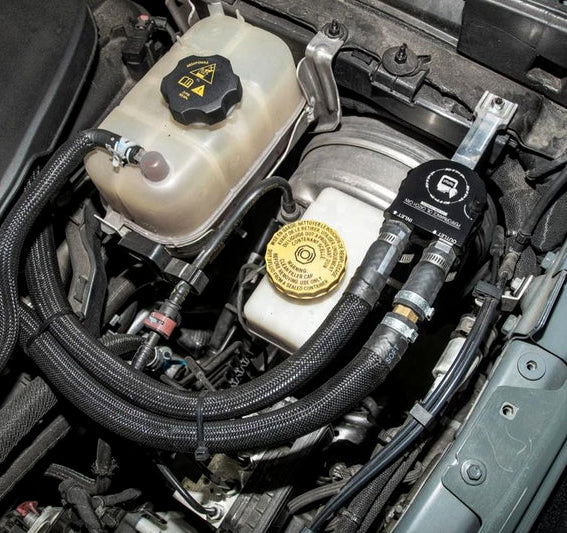
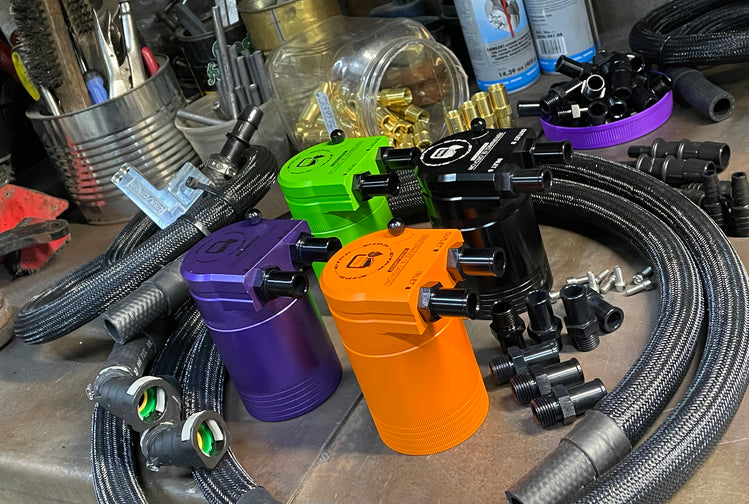
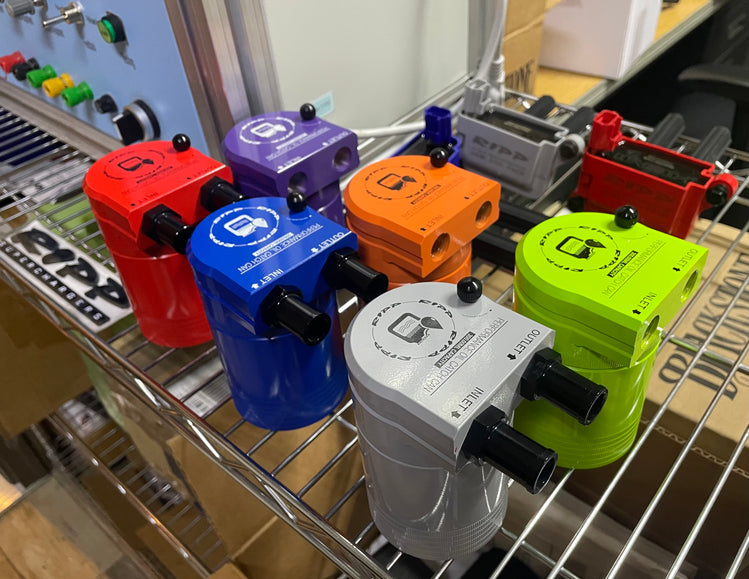
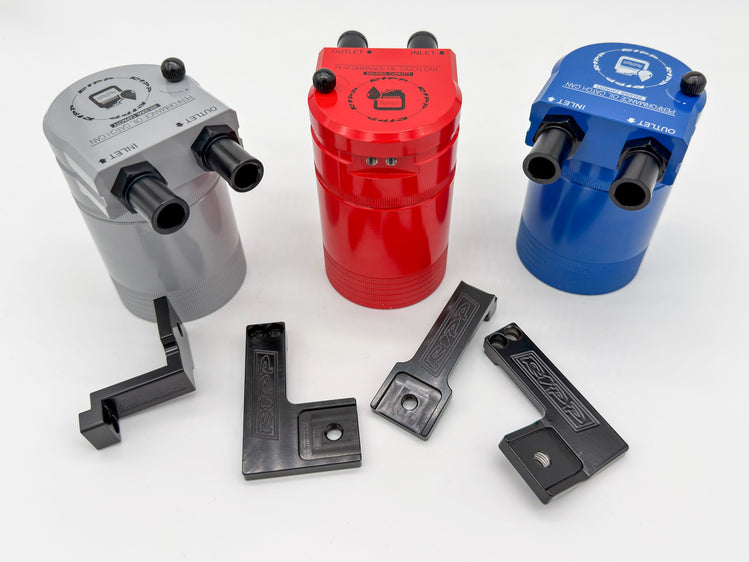
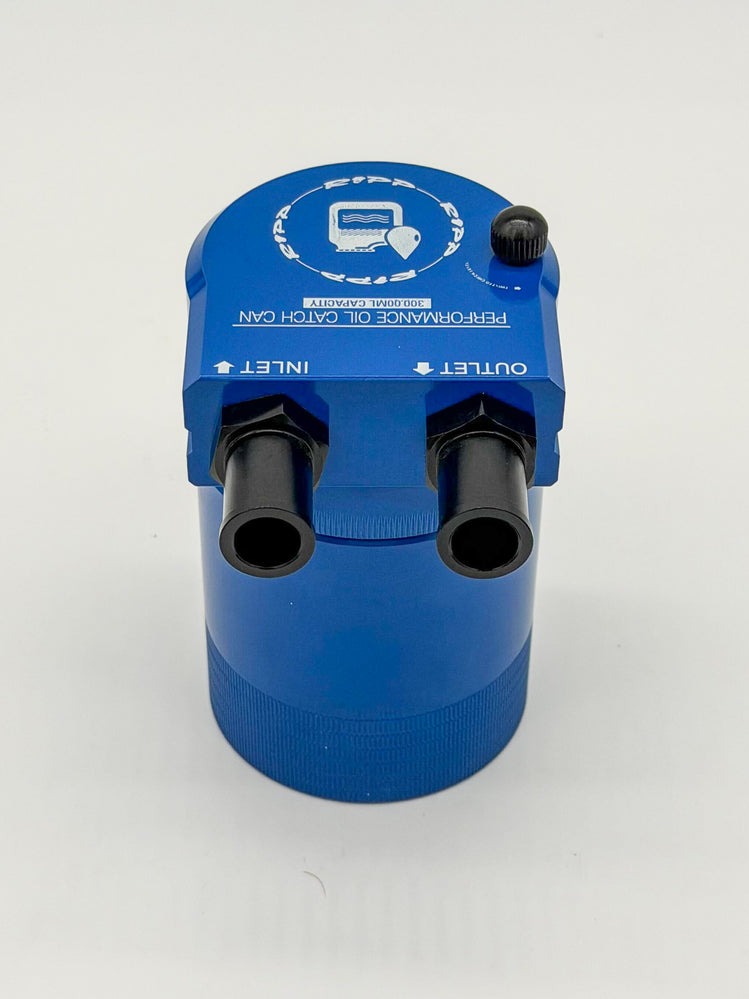
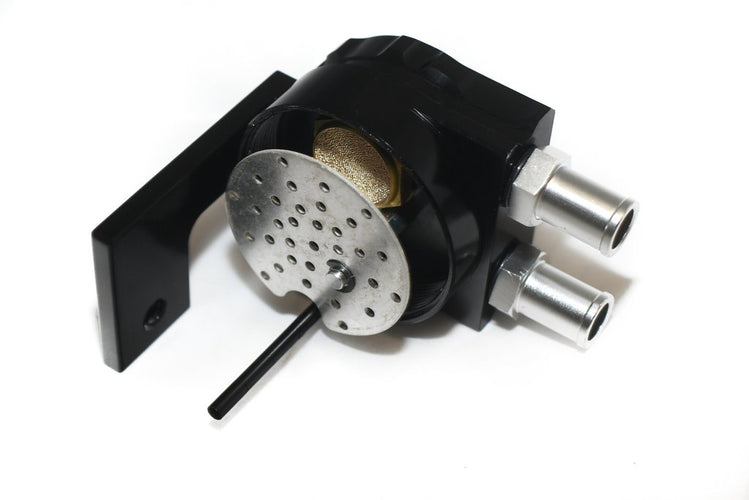
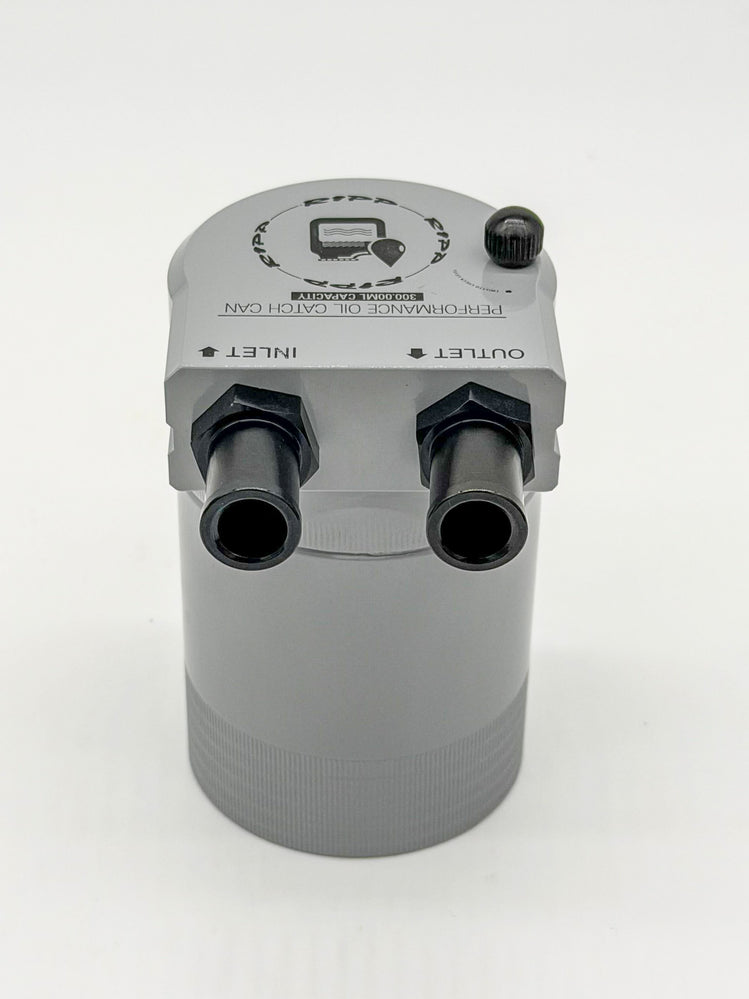
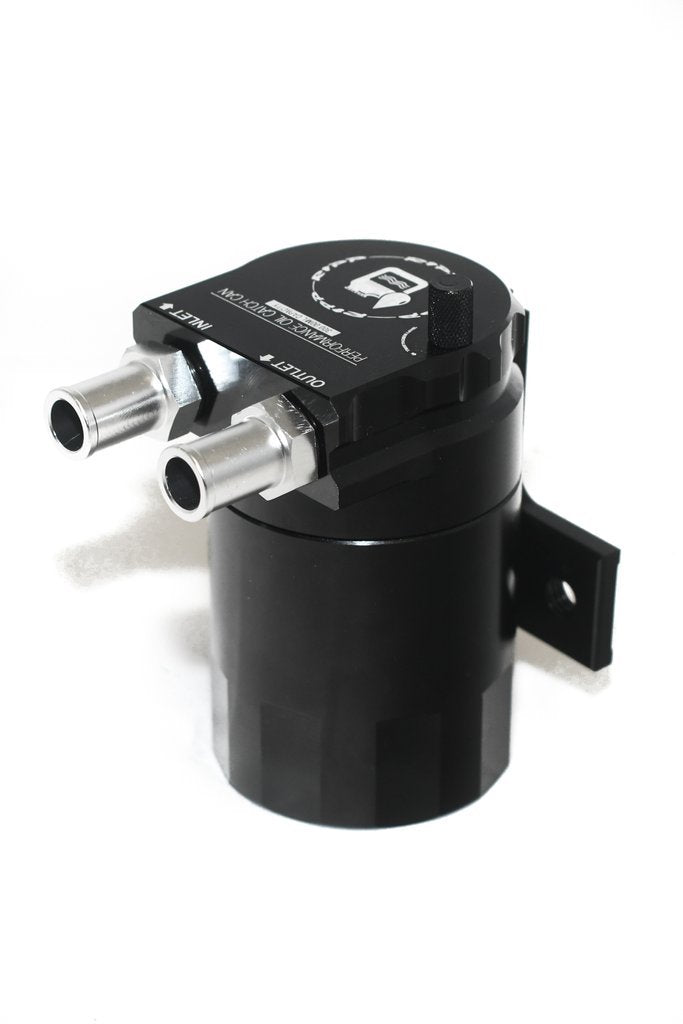
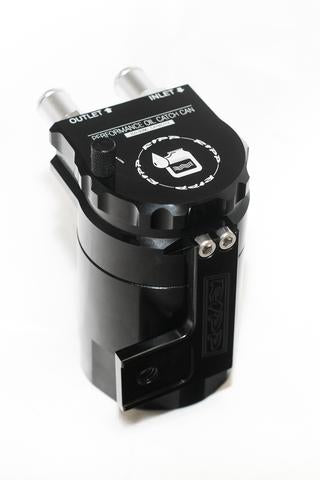
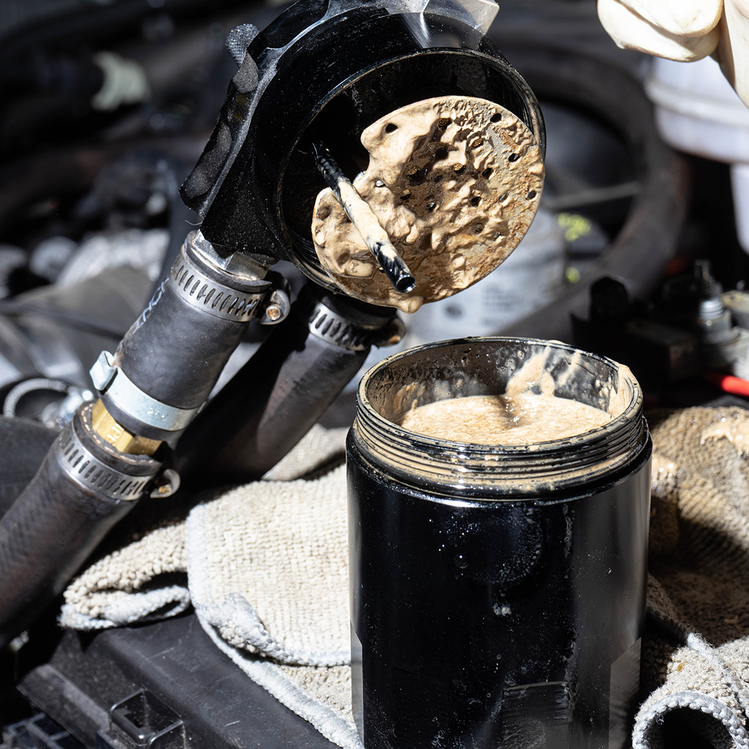
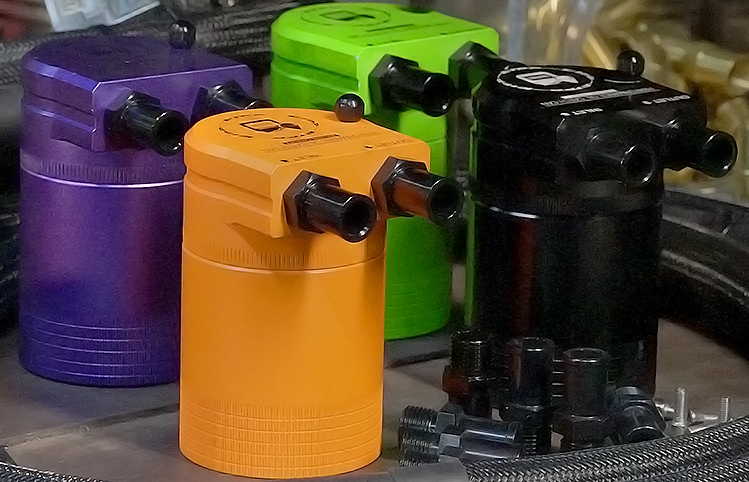
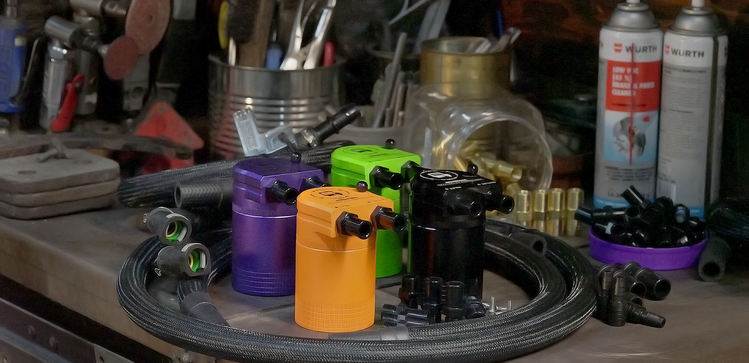
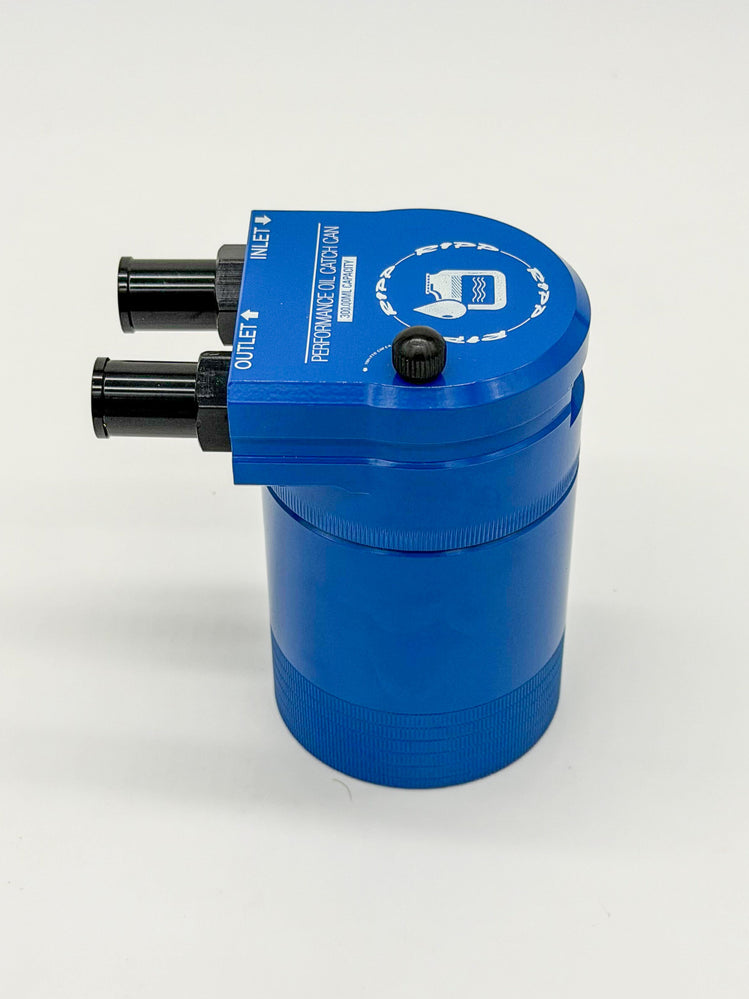
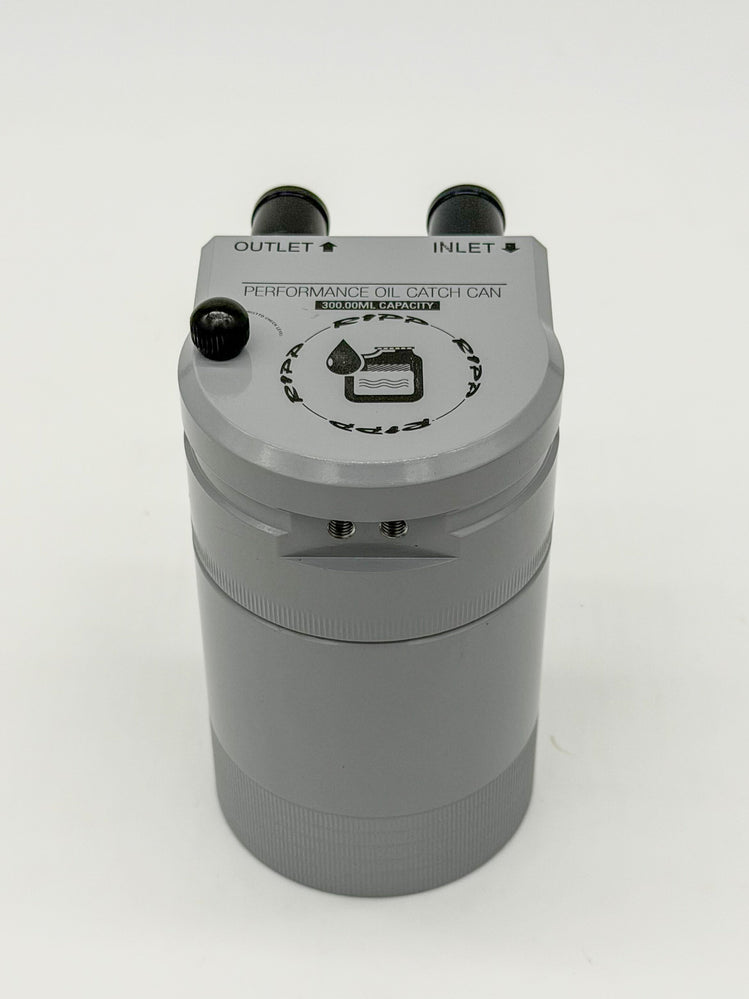
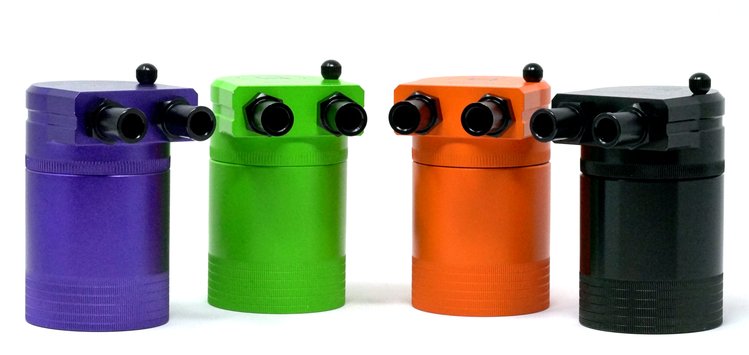

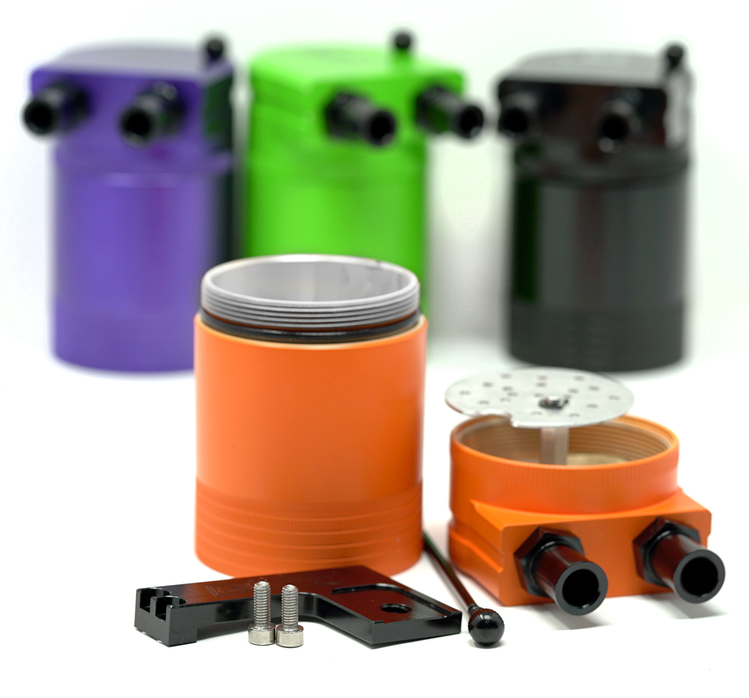

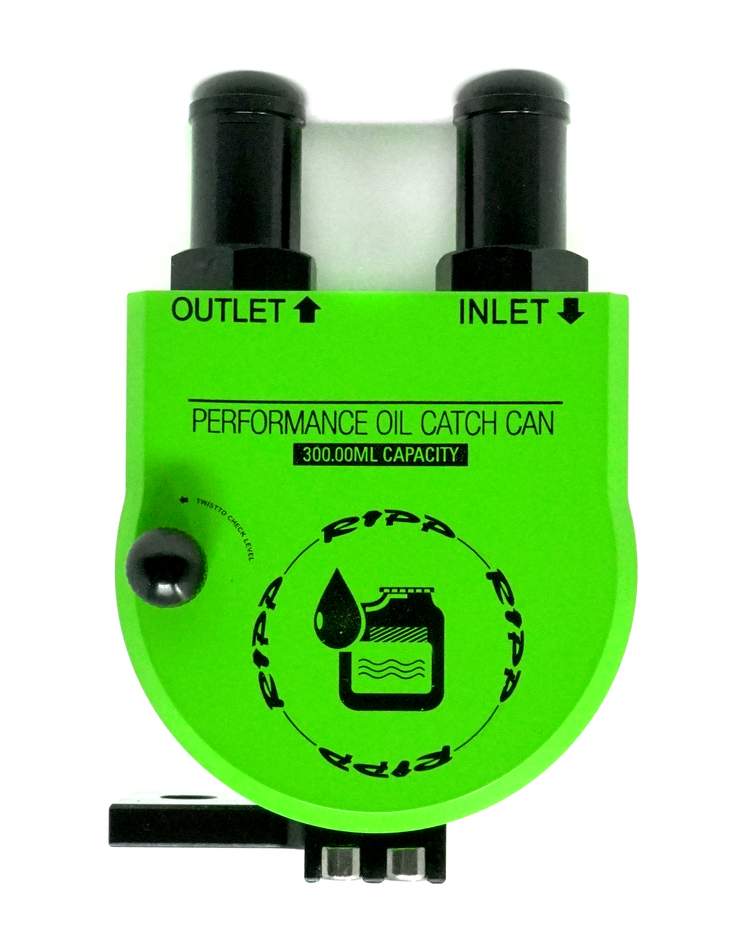

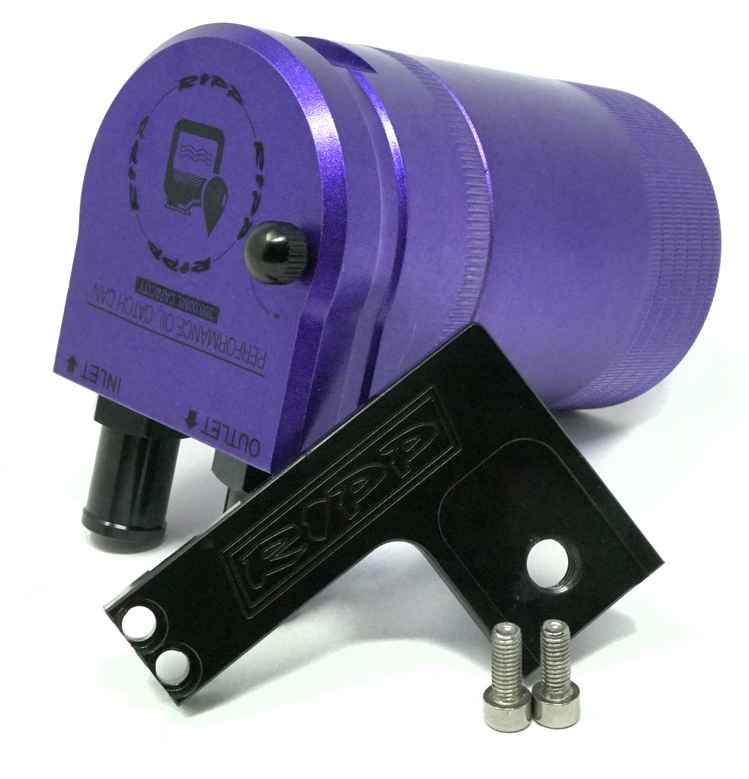
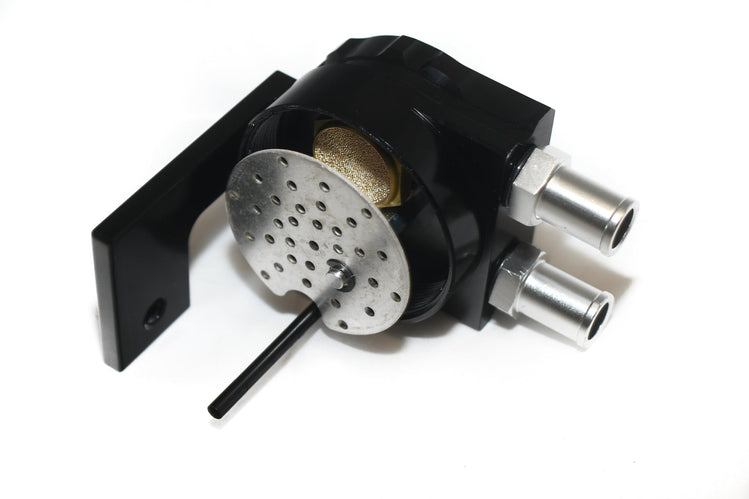
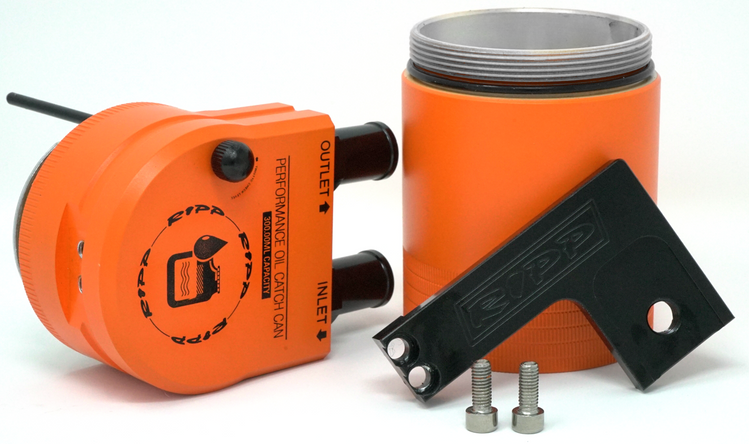
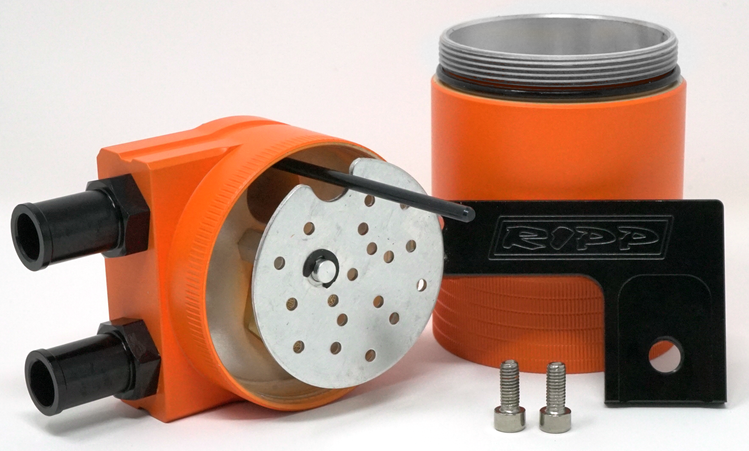
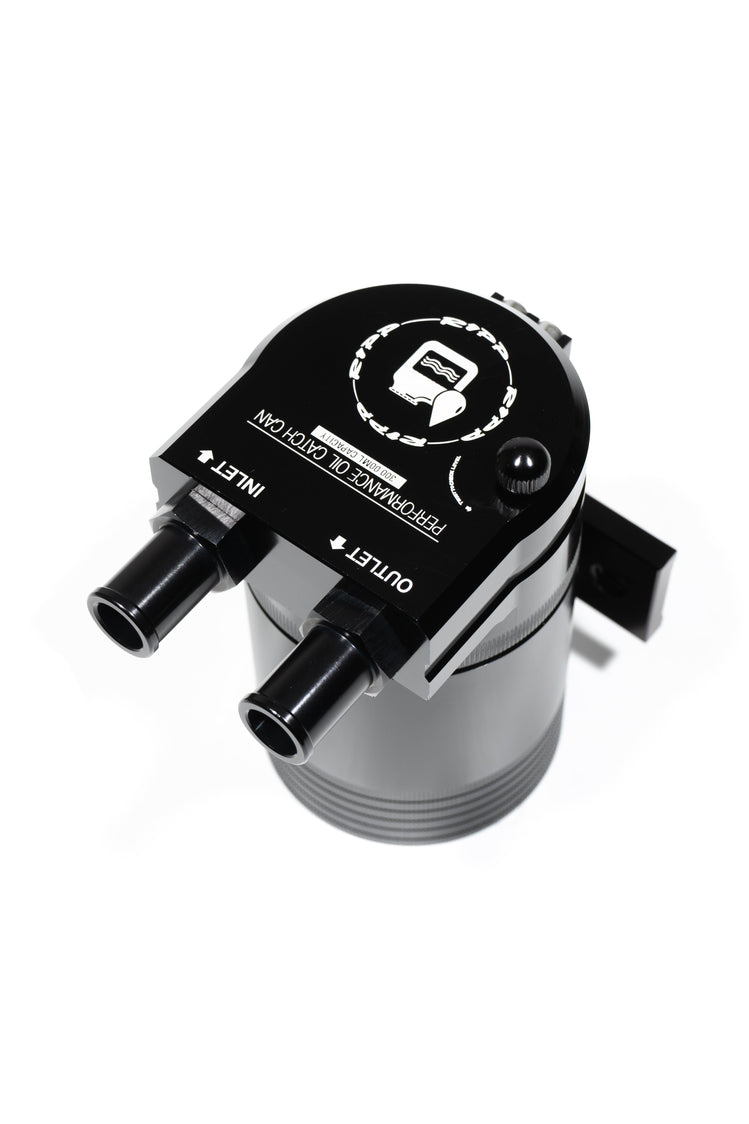






Wrangler JL / Gladiator JT, 3.6L Catch Can Kit
Your engine needs a Catch Can, it's that simple and RIPP has the best one on the market the RIPP Catch Can System!
An oil catch can will increase performance of any engine. The 3.6L Pentastar found in your V6 Mopar vehicle will greatly benefit from the use of a catch can as they are notoriously known for excessive blow-by gas. Keep in mind, not all catch cans are created equal and though there are many designs similar the RIPP Catch Can System shines above all the rest. This is a BOLT-ON system made for the 3.6l engine.
Available in Black, Orange, Purple, Green, RED, BLUE and Gray PLEASE SELECT COLOR BEFORE ADDING TO CART
*PLEASE SELECT IF YOUR VEHICLE IS SUPERCHARGED OR NOT SUPERCHARGED

-BOLT-ON SYSTEM (all hardware included)
-EASIEST TO INTALL (30min installation)
-COST EFFECTIVE (Most affordable)



Here's why they're beneficial to your engine and how a catch can works.
Your engine relieves pressure from the crankcase through a hose that connects the valve cover to the intake manifold. This pressure is commonly referred to to as "blow-by". The ventilation of blow-by gases allow oil and gunky condensation into the intake manifold. This actually leads to more serious issues like contaminated intake air. Contaminated air is when the crank case fumes mix with clean air and lower the fuel's octane. This leads to pre-ignition or pinging. This will cause issues with tuning and overall engine power. Even worse these contaminants will start to build up inside the intake runners and valves. When left unchecked this buildup can hurt fuel economy, horsepower, and can even cause misfires.
(below: RIPP catch can filled with blow by contamination)

Adding a catch-can will prevent oil and other contaminants from causing buildup inside your engine. Essentially the catch can will act as a collection system. Installed into the crank-case ventilation hose to "catch" the contaminants before they can reach the intake manifold. The RIPP catch-can is focused on filtration and baffling. The RIPP Catch Can System (RCCS) has an integrated baffle plate and a Sintered Bronze Filter which acts as a liquid/fume separator creating an extra layer of filtration. This cleans the fumes as they pass from that can into your intake. With the RIPP Catch Can System you are covering all your bases to make sure you're getting the best filtration and separation on the market all it a package that's easy to own and maintain.
*PLEASE SELECT IF YOUR VEHICLE IS SUPERCHARGED OR NOT SUPERCHARGED
RIPP Catch Can System Features:
- All Hardware Included
- Reinforced, heavy duty hoses.
- Larger 300.00 ML Capacity
- Sintered Brass Filtered breather to catch the smallest contaminants
- Machined Dipstick for no-hassle oil level checking
- Aluminum fittings
- Billet Bracket for a perfect fit
- No Drilling Required
- Powder Coated parts for longevity
- Easy Bolt On Installation
- Pre-prepped Lines with anti chafing nylon sheathing.
- Fully Serviceable for years of use
No tech specs to show
No downloads to show
No media to show
